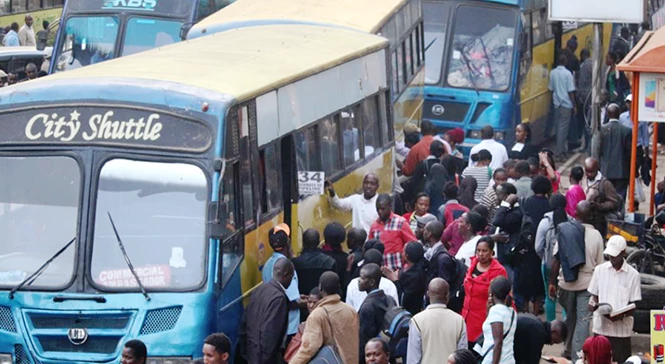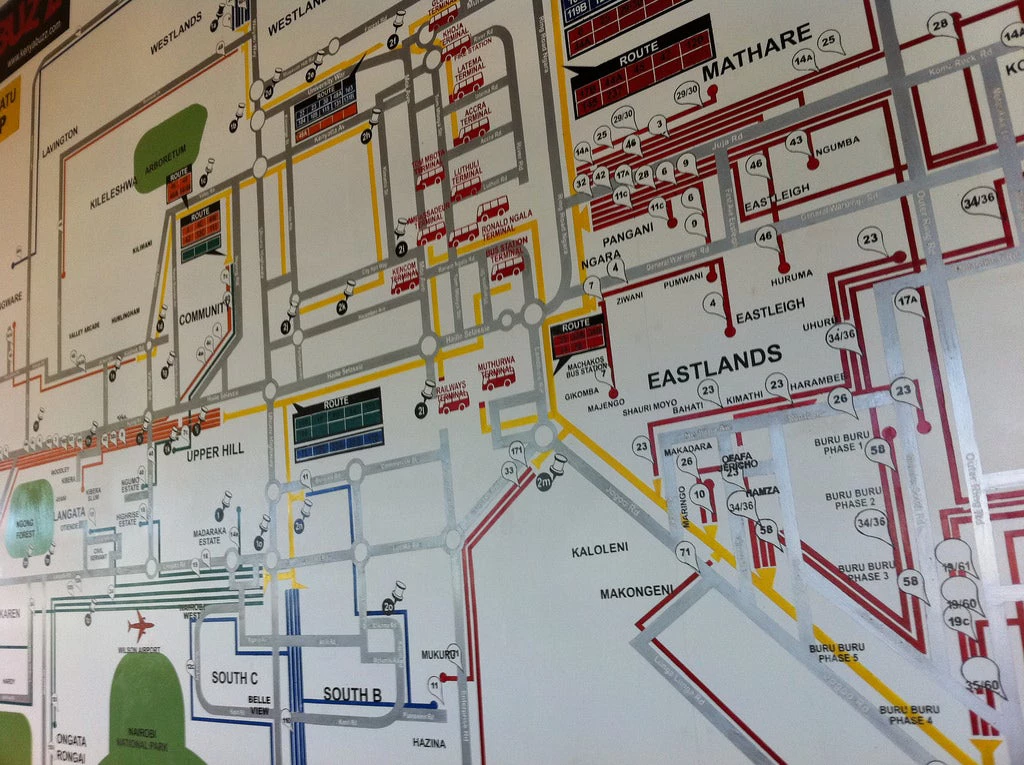
Every day around the world, millions of people rely on buses to get around. In many cities, these services carry the bulk of urban trips, especially in Africa and Latin America. They are known by many different names—matatus, dalalas, minibus taxis, colectivos, diablos rojos, micros, etc.—but all have one thing in common: they are either hardly regulated… or not regulated at all. Although buses play a critical role in the daily life of many urban dwellers, there are a variety of complaints that have spurred calls for improvement and reform. For users, the lack of information and visibility on services has been a fundamental concern. Having to pay separately for each ride disproportionately hurts the poor traveling from the periphery, who often have to catch several buses to reach the center. The vehicles are old and sometimes unsafe. Adding to concerns about safety, bus drivers compete with each other for passengers in what is known in Latin America as the “ guerra del centavo” or “penny war”. Non-users, planners, and city authorities also complain about the pollution and accidents caused by these drivers as well as the congestion generated by the ‘wall of buses’ on key city arterials.
To address these issues, cities have attempted to reform these informal bus services by setting up concession contracts and bring multiple bus owners and operators together under formal companies (refer to the attached note: Bus Reform in Developing Countries—Reflections on the Experience thus Far). But even though some of them have made great strides in revamping their bus services (particularly by implementing Bus Rapid Transit systems), the overall success of these attempts has been limited, and unregulated buses remain, in countless cities, a vital component of the urban transport ecosystem.

Against this backdrop, the question is then: can these ongoing experimental initiatives offer a coherent alternative to formal reform? Is it possible to scale up, replicate and stitch together this type of incremental improvements in order to: reduce congestion, pollution and crashes; preserve the agility and market-responsiveness of existing operators while helping them modernize their fleet and services; improve passengers’ experience by reducing travel times, providing more reliable information, and improving driver/vehicle quality? While it is still early days and these ongoing pilots have not led to a complete transformation of bus services just yet, they certainly offer promise:
-
Mapping and crowdsourcing real-time conditions helps users get a much better sense of what services are available to them.
- The ability to book fares remotely also helps operators resolve the ‘demand discovery’ problem that often leads bus drivers to battle each other for passengers downtown at the expense of everyone’s safety, or to wait till the bus is full before leaving key hubs, sometimes resulting in irregular and poor quality services for passengers in between.
- Identifying the most dangerous drivers and vehicles does not only help passengers avoid them, but also gives overwhelmed regulators an opportunity to better target their limited resources.
- Smartcards offer the possibility to integrate fares, target subsidies to the poor, and make it easier for operators to access financing (lenders are typically reluctant to lend to cash businesses!)
- Capacity enhancement and training for operators, and the use of technology to monitor driving – can all help operators access capital and modernize assets and services.
What do you think? Please do not hesitate to comment or reach out to us if you know of any interesting and innovative pilots to improve informal bus services in a developing country. We’d love to hear from you!
To learn more about the latest trends in bus reforms, please see:
- Policy Note: Bus Reform in Developing Countries—Reflections on the Experience thus Far
- Public Private Infrastructure Advisory Facility (PPIAF): Bus Reform Toolkit
- Andrés Gómez-Lobo & Julio Briones (2013). Incentive structure in transit concession contracts: The case of Santiago, Chile, and London, England. Washington, DC: Policy Paper prepared for the Clean Air Institute.
- Andrés Gómez-Lobo & Julio Briones (2014) Incentives in Bus Concession Contracts: A Review of Several Experiences in Latin America, Transport Reviews: A Transnational Transdisciplinary Journal, 34:2, 246-265, DOI: 10.1080/01441647.2014.895451
- European Commission (2008): Contracting in Urban Public Transport




Join the Conversation